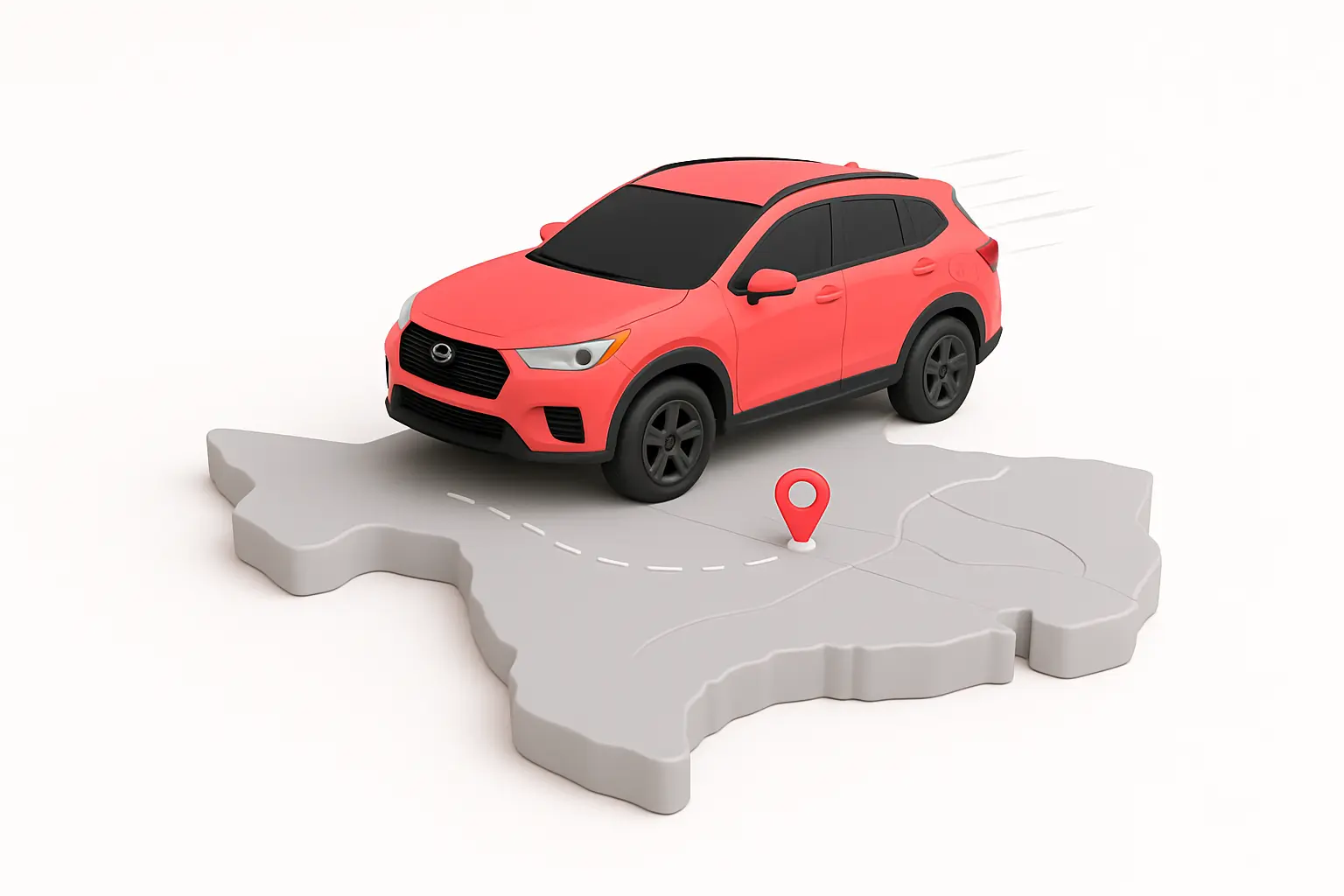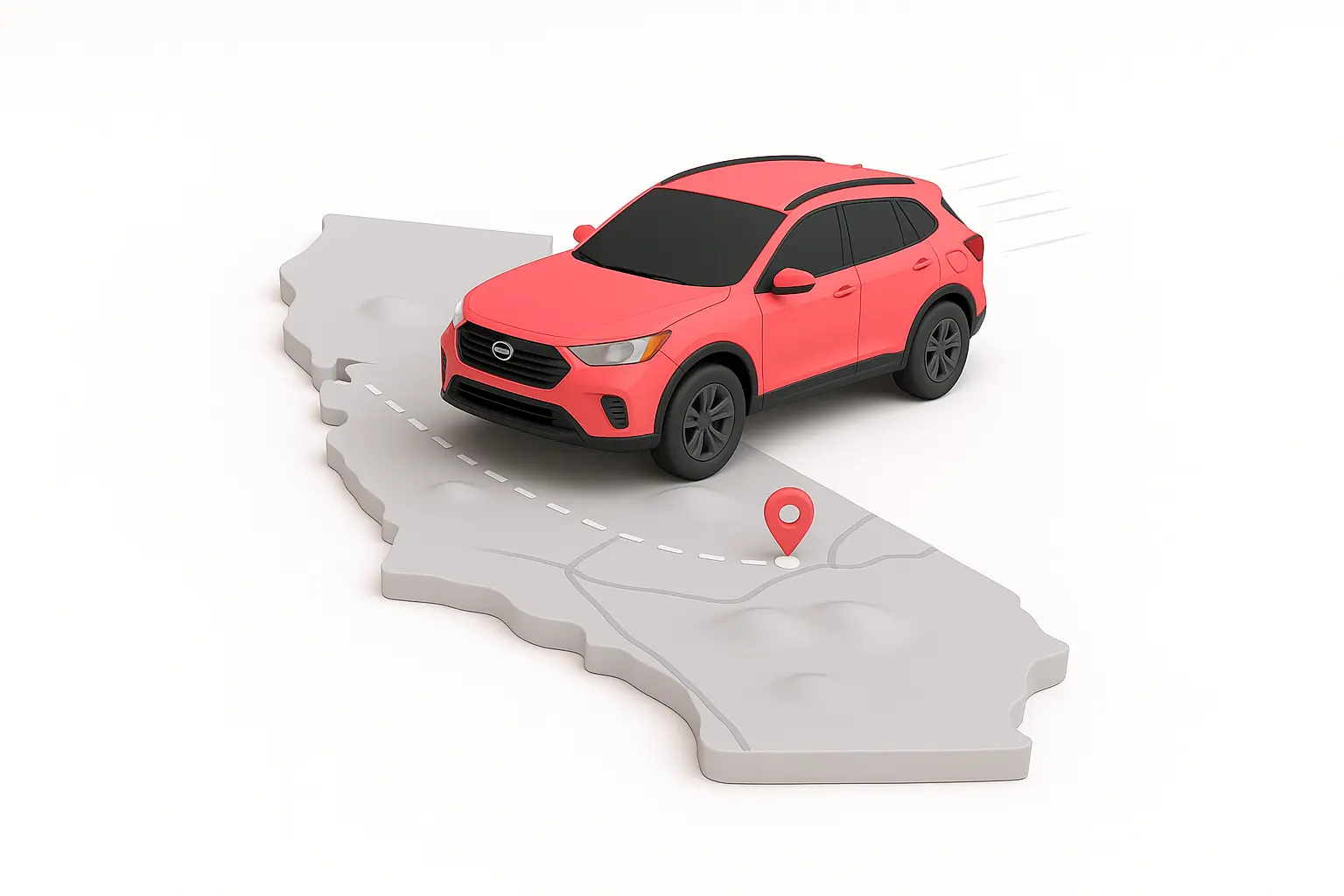If you have multiple insurance policies, you may be able to consolidate them with one insurer in a process called bundling. It’s generally a good idea to bundle your insurance if you can get the coverage you want at a better rate than if you held separate policies with different insurers.
Learn more about the types of policies you can bundle, the pros and cons of bundling and how to start the process.
What is insurance bundling?
Bundling insurance is the act of consolidating two or more policies with a single carrier. You can bundle policies when adding new coverage or to replace existing policies. For example, if your auto insurer also offers homeowners insurance, consider bundling those policies when you buy a home.
More: Best home and auto insurance bundles
Insurers typically offer discounts on bundled policies, and having a single point of contact for questions, claims and payment makes it easier to manage your coverage.
What types of insurance can you bundle?
The most common type of insurance bundle is home or renters insurance and auto insurance, but you can bundle many types of policies, depending on your insurer.
Here are a few of the types of insurance that you may be able to bundle.
- Homeowners insurance.
- Auto insurance.
- Renters insurance.
- Condo insurance.
- Life insurance.
- Motorcycle insurance.
- Boat insurance.
- Rental property insurance.
- RV insurance.
- Manufactured home.
- Umbrella policy.
Auto and home insurance
Insurers may offer a 10% to 25% discount when you bundle home and auto insurance, in part because having multiple policies with one insurer makes you more likely to remain a loyal customer.
If you have bundled home and car insurance and a major event like a natural disaster affects both your car and house, your insurer may only require one deductible when you file a claim.
Auto and renters insurance
You don’t have to be a homeowner to bundle insurance policies. Though it may be a smaller discount than the home and auto bundle, insurers may offer lower premiums to drivers who add renters insurance.
Keep in mind that renters insurance tends to cost substantially less than homeowners insurance because it covers the possessions inside your home, but not the home itself. This means that your renters insurance discount may be negligible, so it’s a good idea to emphasize auto insurance savings when you’re shopping for coverage.
More: The average cost of car insurance
Pros and cons of bundling insurance
The most important consideration when you’re deciding whether to bundle policies is whether you’re getting the coverage you need at a better price, but it’s not the only factor to think about.
Before you decide to bundle insurance policies, review the pros and cons.
Pros
- Savings. Most insurers offer a discount for bundling policies.
- Convenience. Having all of your policies with the same company may make your policy easier to manage.
- Single deductible. If you need to file a claim on multiple policies, and those policies are bundled, your insurer may require a single deductible instead of one for each policy.
- Avoid coverage gaps. With bundled insurance, your provider can point out and help address any coverage gaps, because they know what coverages you do and don’t have.
Cons
- Focus on price over value. Don’t bundle your insurance for a discount at the risk of buying a sub-par policy. An insurance company may not offer the coverage limits, deductibles or types you want to buy.
- Concentration risk. If the insurance company cancels one of your policies, your other coverage may also be at risk of cancellation.
- Diminished returns over time. As your needs change and because insurance rates typically increase each year, the bundled policy discount may not hold the same value several years in as it did when you originally bought it.
Does bundling insurance save money?
Bundling insurance is a common way to save money on insurance, but finding the exact coverage you need is more important.
Insurance companies reward customers for buying multiple policies by offering discounts. The discounts vary by company and the types of insurance you buy.
However, it is possible to save money by shopping for insurance with multiple companies. For example, if you have a DUI, you may have better luck finding affordable coverage with a specialized insurer than the company that sold you a renters insurance policy.
How to bundle insurance
If you already have insurance, it’s easy to add another coverage that your insurer offers to the policy, but it’s always wise to start by shopping. Here are the steps to bundle your insurance.
- Get quotes. Shop for insurance like you normally would, but ask the agents to compare prices if you bundle two coverages. It may be easiest to start with your current insurer, if you have one, but compare rates at other providers, too.
- Compare coverages and costs. When you compare premiums, be sure the coverage types and amounts are similar. Take particular notice if there are any exclusions in the policies.
- Apply for new coverage. Once you’ve found the coverage that meets your needs and budget, apply for the new policy. Even if you can’t pay the premium in full, making the first payment starts your coverage right away.
- Check your policy start date. Don’t cancel your existing insurance until your new insurance policy starts. Even a short lapse can impact your insurance rates and coverage options in the future. If you’re not sure when your new policy is active, ask your provider or broker.
- Cancel your old coverage. Starting a new policy doesn’t automatically cancel your old coverage. Contact your former insurance company to cancel your old policy and request a refund for the unused portion of your premium.
- Carry a new insurance card. Print your new insurance card or download the company’s mobile app for quick access.
FAQ
-
Is bundling home and auto insurance worth it?
-
What if I want to cancel one of my home and auto bundle policies?

Lee Huffman is personal finance expert who has been writing online since 2012. After spending 18 years experience in banking, insurance and investing, Lee has a knack for translating complex financial topics into everyday language so readers can make informed decisions.
His bylines appear in more than 1,300 articles for numerous online publications, like TIME, Fortune, LendingTree, NerdWallet, Forbes, USA Today, Money, Slickdeals, Business Insider and Investopedia. Lee has an MBA in eBusiness, and he earned his Bachelors in Business Management at Pepperdine University.

Annie is a writer and editor at Jerry with more than a decade of experience writing and editing digital content. Before joining Jerry, she was an assistant assigning editor at NerdWallet. Her past work has appeared in the Associated Press, USA Today and The Washington Post. Her work has been cited by Northwestern University and Harvard Kennedy School. Annie served as a spokesperson for NerdWallet during her time at NerdWallet and has been featured in New York Magazine, MarketWatch and on local television and radio stations.
Previously, she worked at USAA and newspapers in Minnesota, North Dakota, California and Texas. She has a bachelor’s degree in journalism from the University of Minnesota.








